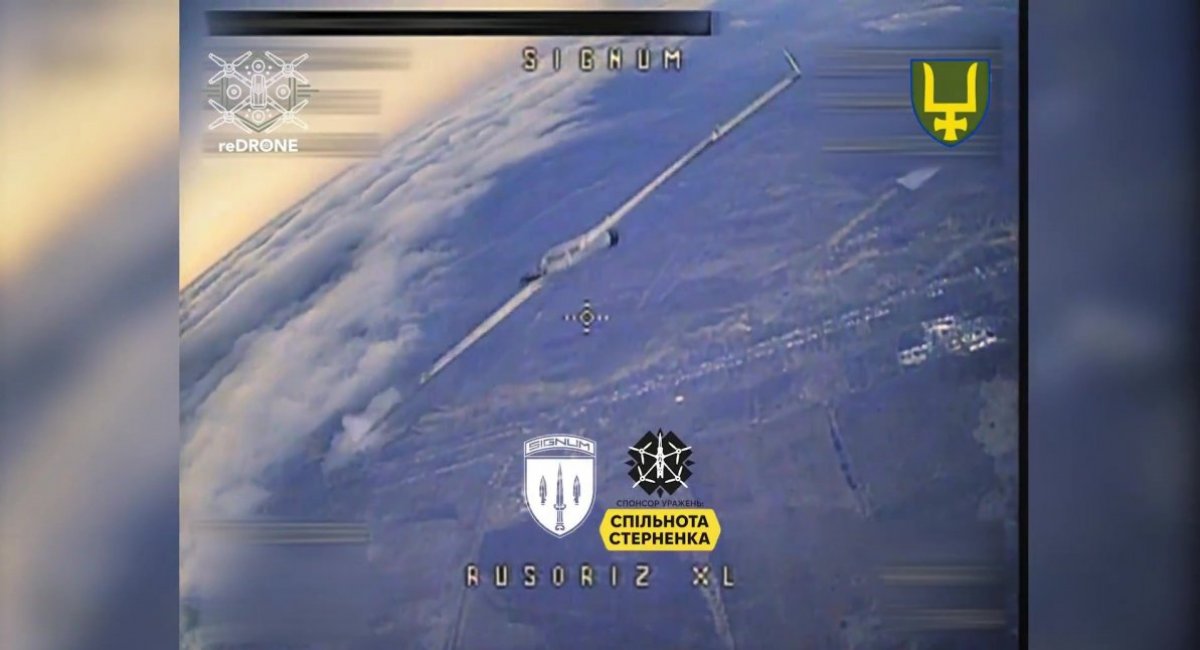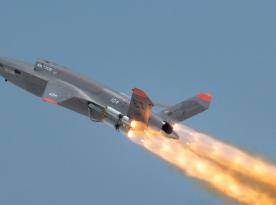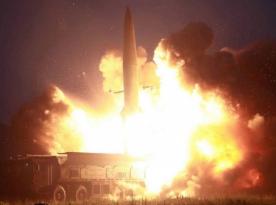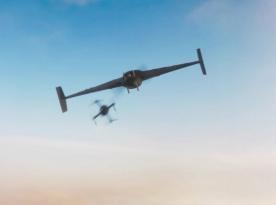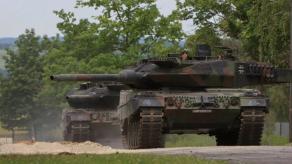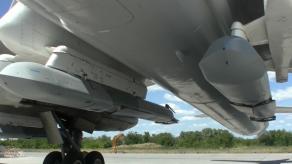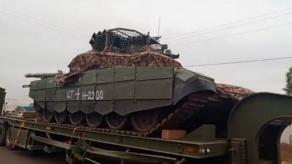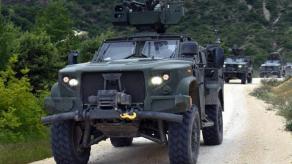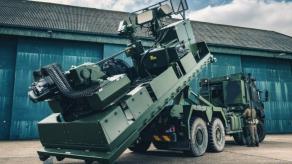The volunteer community led by Serhii Sternenko published a video showing the interception of a russian Zala-type UAV, which appears to be equipped with this new automatic evasion system. Information about the system first surfaced in October while it was still in testing.
The footage shows that as a Ukrainian drone approaches, the Zala performs a sharp maneuver by banking its wing, losing altitude, and changing its course.
Read more: Ukrainian CinC Syrskyi on the Number of Targets Destroyed By Drones in December
This maneuver disrupted two attack attempts by Ukrainian anti-aircraft drones. Success was only achieved on the third attempt, when an operator from the Signum unit attacked with greater speed and at a steeper angle.
According to available information, the russian system uses rear-view cameras with an ultra-wide field of view. The images are analyzed by machine vision algorithms, which detect the incoming anti-aircraft drones and trigger an evasive maneuver.
However, it is also possible that instead of machine vision and algorithms, an additional operator could be responsible for identifying the threat and activating the evasive maneuver.
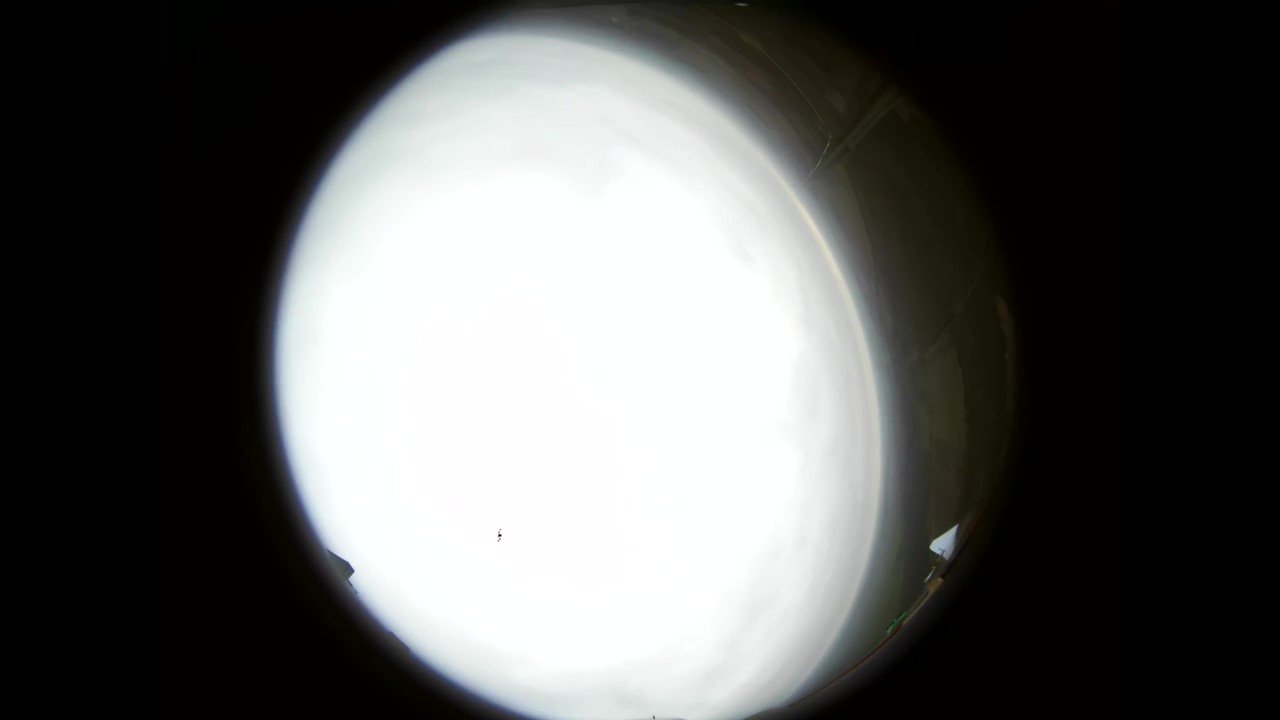
Although the russian reconnaissance drone was ultimately shot down, it is worth noting that significantly more effort was required compared to destroying other russian drones. For instance, in another video showing the interception of a similar reconnaissance UAV without this system, the process appeared far simpler.
All of this suggests that transitioning to machine vision solutions—essentially a self-guiding system for countering UAVs—would be highly beneficial in defending against enemy drones. Additionally, as a countermeasure to the russian automatic evasion system, it may be worth considering tactical adjustments, such as gradually closing in on the target to execute a dive attack.
Read more: Anti-Aircraft FPV Drones Project Has Destroyed Over 400 russian UAVs, and It's Just One of the Many




